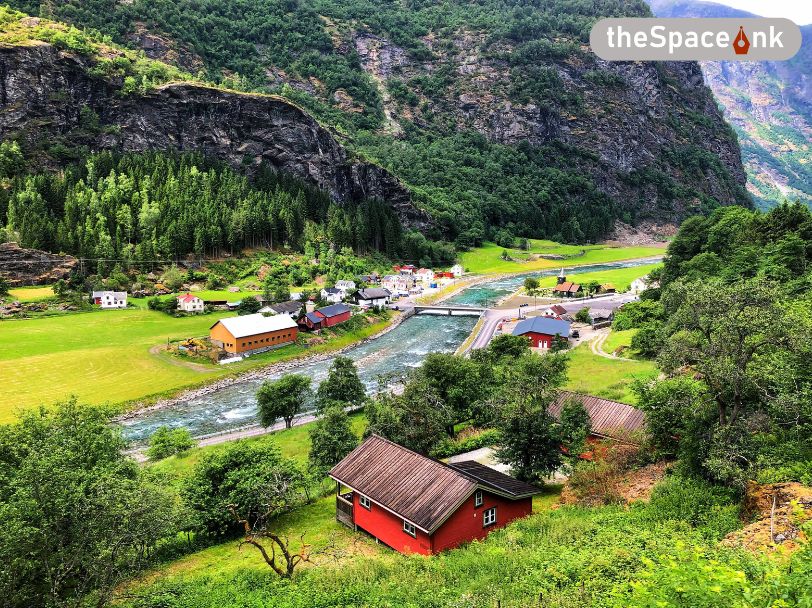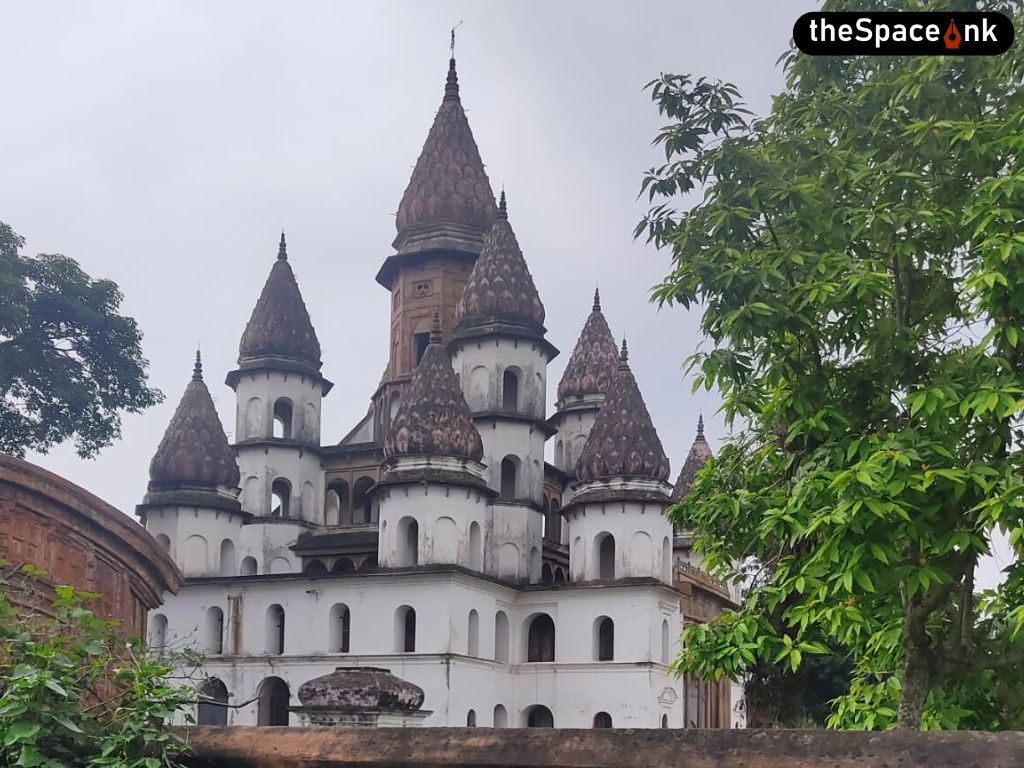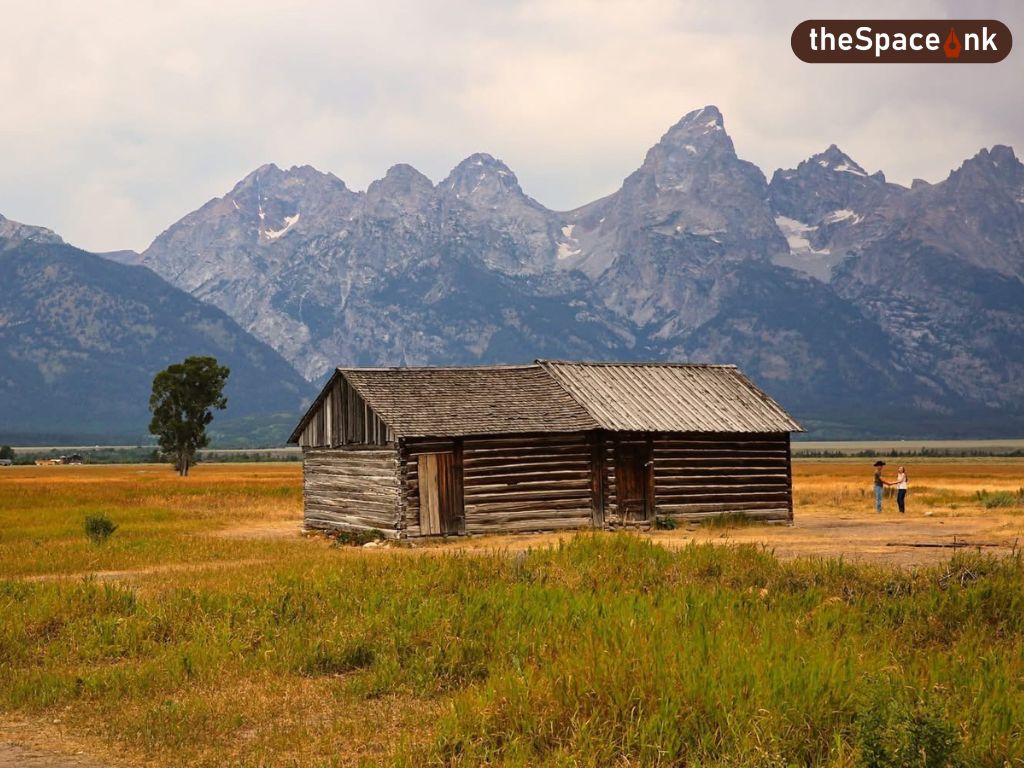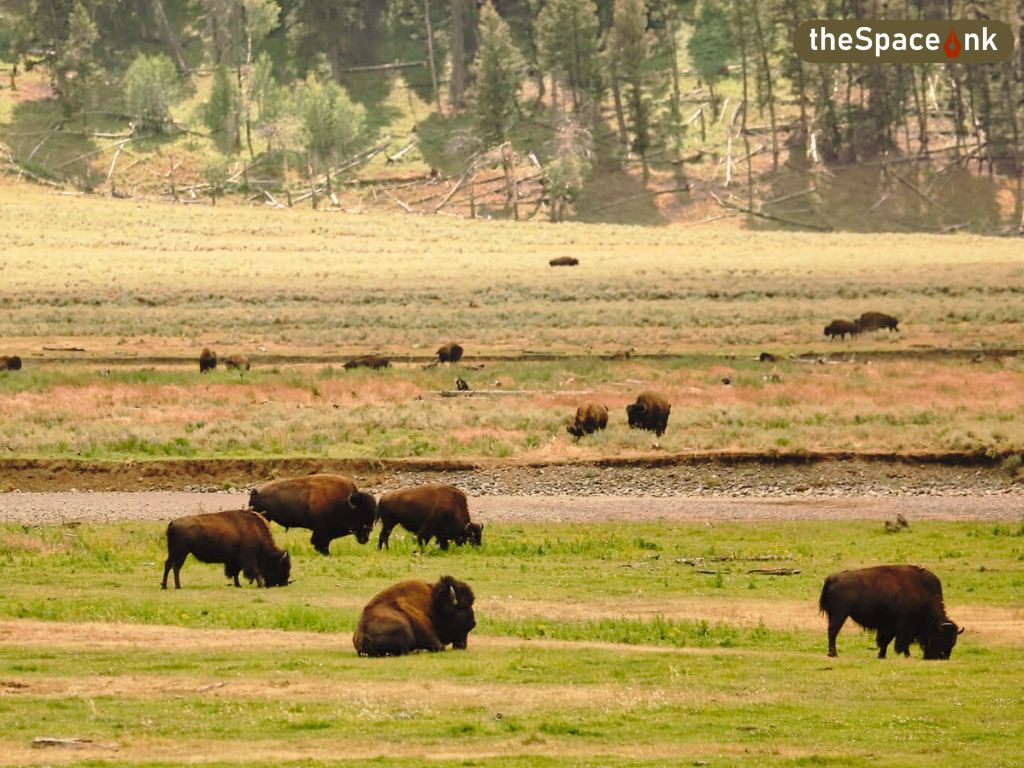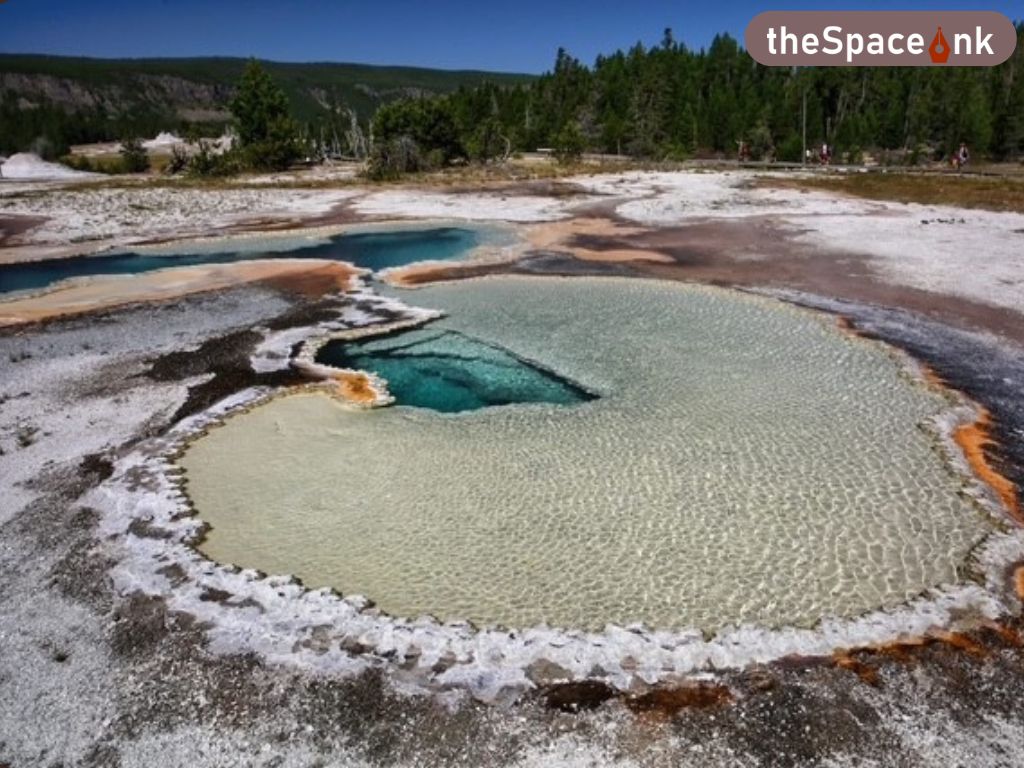Norway, the land of fjords, is nothing short of a living fairytale. With its steep, rocky cliffs, deep blue fjords, lush green valleys, snow-capped mountains, cascading white waterfalls, and neatly painted colorful houses, this country feels like it was plucked straight out of a storybook. Beyond the fjords, the world-renowned Flåm Railway and Bergen Railway offer scenic journeys that are truly unforgettable.
The Dream Comes True
For as long as I can remember, visiting Norway has been a dream of mine. Finally, in the summer of 2018, I seized the opportunity for a four-day vacation to explore the fjords. Though Norway is vast and it’s nearly impossible to see all the fjords, I set my sights on the UNESCO World Heritage Sites of Sognefjord and Nærøyfjord. My plan was simple yet thrilling: a cruise through these fjords, rides on the famous railways, and a trek in Bergen.
What Are Fjords?
Fjords are long, deep, narrow bodies of water that extend far inland, surrounded by steep rock walls. Formed during the ice age by the slow movement of glaciers, they are often found in U-shaped valleys. The process of glaciation carves these deep valleys, creating fjords that can be thousands of meters deep, especially further inland where the glacial force was strongest.
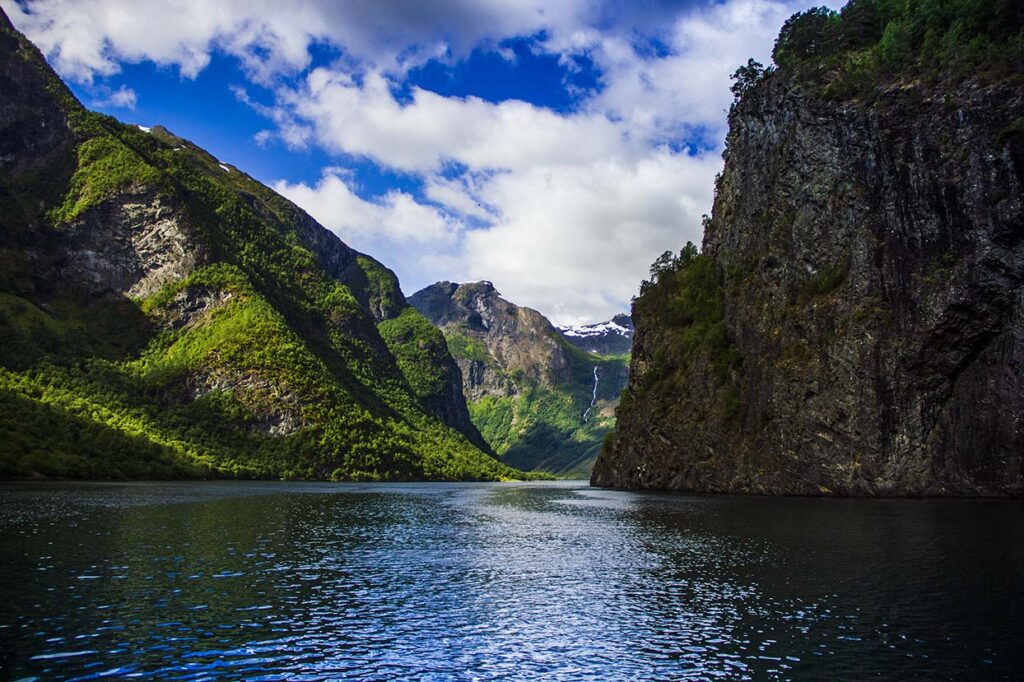
The Journey Begins
On midsummer day, my adventure began. After an overnight bus journey from Stockholm, I arrived in Oslo, Norway’s capital, at 8 AM. The bus station, conveniently located next to the rail station, made it easy to catch the Bergen Railway train.
Oslo to Myrdal on the Bergen Railway
The Bergen Railway has been connecting eastern and western Norway for over a century. Covering 371 kilometers in about 4 hours, it’s the highest mainline railway track in Northern Europe, crossing the Hardangervidda plateau at an impressive 1,237 meters above sea level. With 182 tunnels along the route, passengers are treated to breathtaking views of Hardangerfjord, Sørfjord, Sognefjord, and Naefjord.
My plan was to travel to Myrdal, so I booked a window seat in advance. The train departed from Oslo Central Station at 9 AM, initially passing through the suburbs. Soon, the scenic Nordic countryside unfolded, with lush greenery stretching as far as the eye could see. As we left Hokksund station, I couldn’t help but marvel at the eternal freshness of the fields and trees.
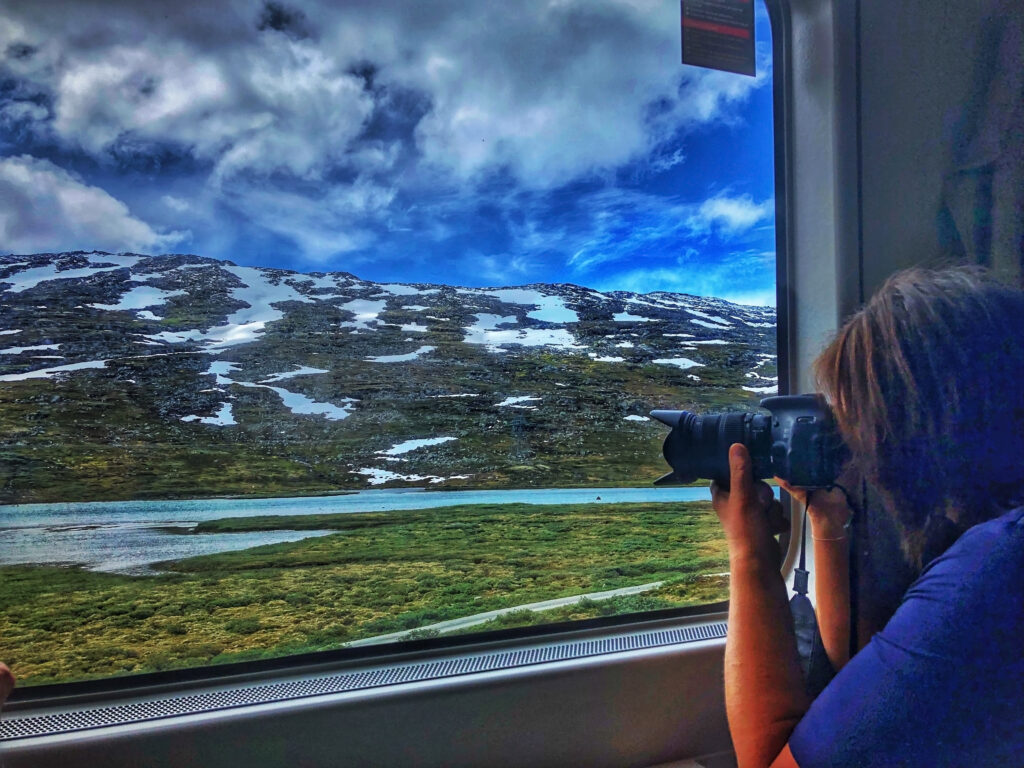
Journey Through Heaven
A fellow passenger, a Norwegian, informed me that we had entered fjord territory after Gol Station. Despite the cloudy sky, he reassured me that this was typical of Nordic summers. As we passed Eidfjord, the Hallingskarvet mountain range joined the scenery, adding to the spectacular views.
The train climbed sharply into Hardangervidda, reaching its highest point before arriving at Finse Station, the highest station on the route. Even in midsummer, patches of snow dotted the landscape. I was mesmerized by the natural beauty of the Nordic landscape. (Norway)
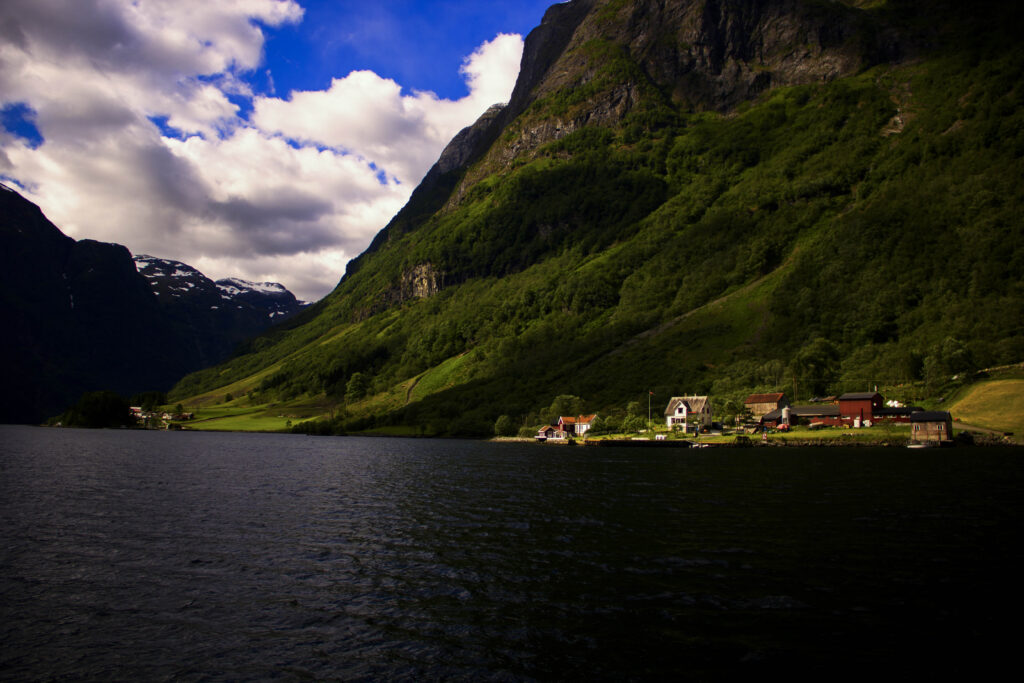
Also Read: Makar Sankranti in Hyderabad
Myrdal: A Dreamy Station
When the train finally reached Myrdal, I felt like I had woken up from a dream. Nestled in a lush green valley with a backdrop of mountains, Myrdal Station is a sight to behold. As rain began to fall, I zipped up my windcheater and wandered the platform, taking in the serene surroundings. (Norway)
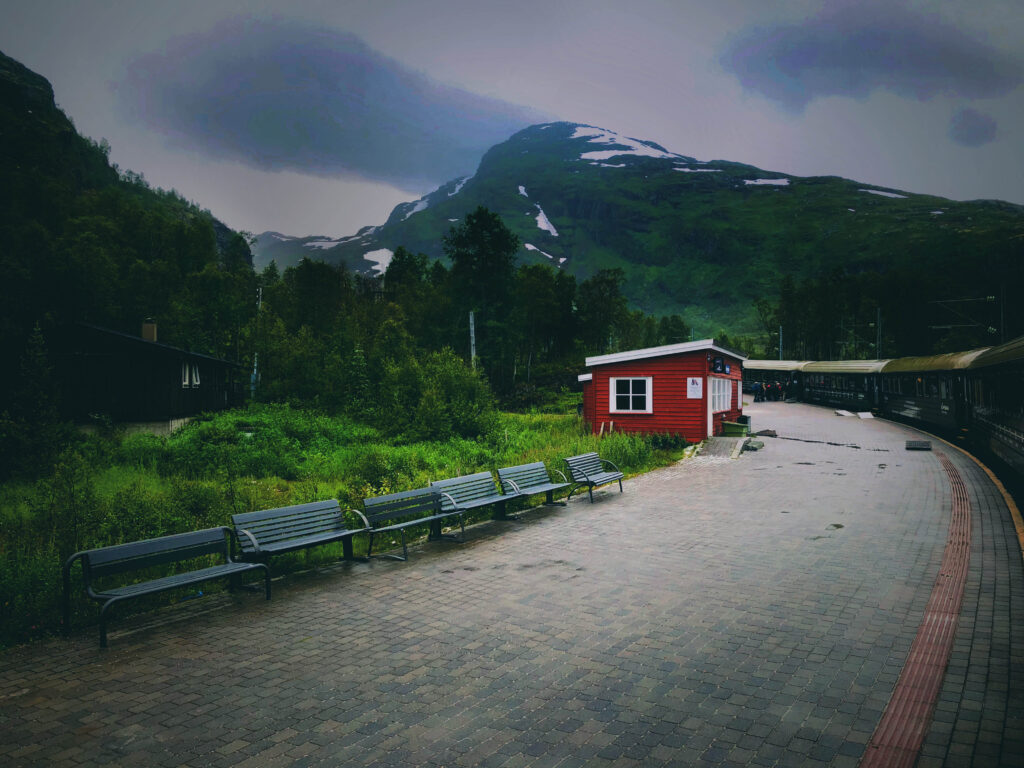
Myrdal to Flåm on the Flåm Railway
The Flåm Railway, or Flåmsbana, is a 20.2-kilometer line that connects Myrdal to Flåm, running through the scenic Flåmsdalen valley and connecting to Sognefjord. With an elevation difference of 866 meters, it is considered one of the world’s most stunning train rides.
As the train started, passengers gathered by the windows to witness the beautiful Norwegian landscape. A continuous commentary from the central speaker enhanced the experience. We stopped at Kjosfossen waterfall, a breathtaking sight that left everyone in awe. (Norway)
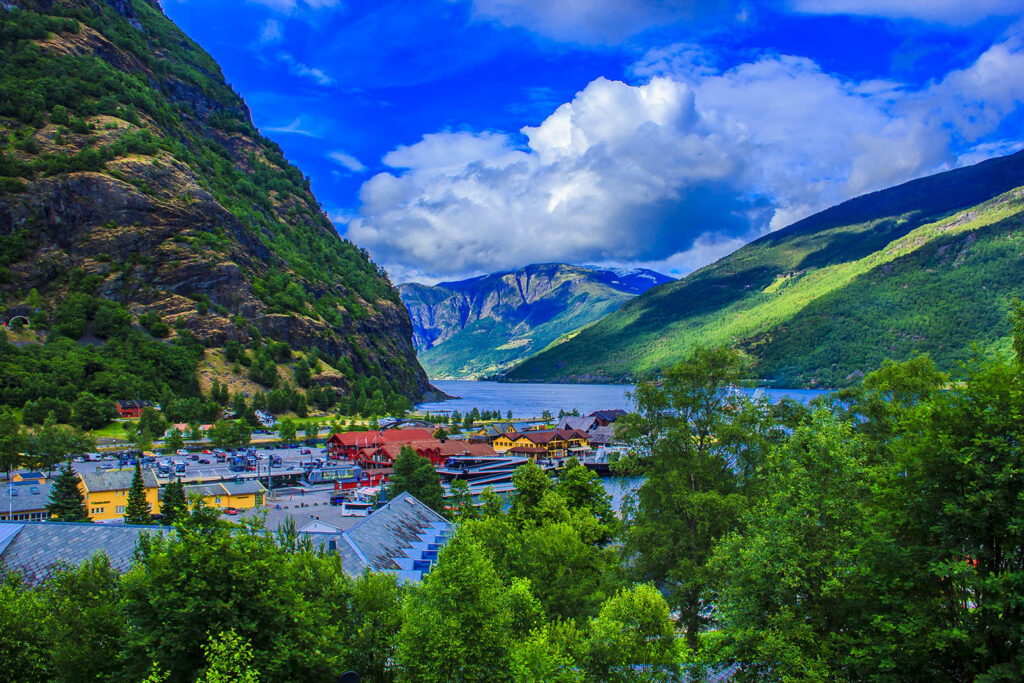
A Fairytale Village: Flåm
Arriving in Flåm felt like stepping into a fairytale. Nestled in the Flåmsdalen valley, this picturesque village is surrounded by steep mountains. My hostel, Brekke Gard Hostel, was a charming red hut in a green field. After checking in, I set out to explore, capturing the beauty of the village with my camera. (Norway)
A Viking Feast and Midnight Sun
As evening approached, I decided to dine Viking-style at Aegir, a local restaurant with fabulous interiors. After savoring a locally crafted beer and a delicious Viking dish, I trekked to a nearby hill to witness the fjords under the midnight sun. The light dappled beautifully, creating an enchanting atmosphere.(Norway)
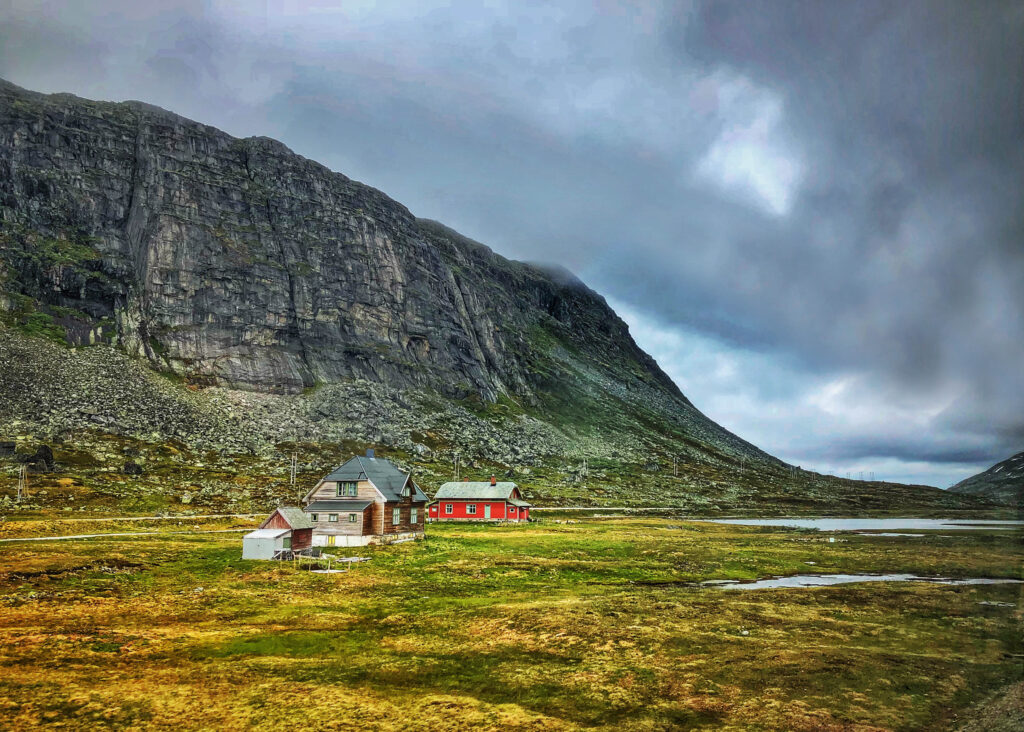
A New Day and a Fjord Cruise
The next morning, after a hearty breakfast, I headed to the cruise station. Excitement bubbled within me as I anticipated the upcoming fjord cruise, ready to continue my Norwegian adventure.
The excitement was palpable as all the passengers gathered on the deck of the cruise, ready for a two-hour fjord trip from Flåm to Gudvangen. Our route would take us along two branches of the UNESCO World Heritage Sognefjord, starting from Aurlandsfjord and ending in Nærøyfjord.
Also Read: The Celestial Aura of Aurora Borealis
The landscapes were immense, with towering mountains and wide fjords making everything else look minuscule. Shades of green were everywhere, punctuated by granite rocks and cascading waterfalls. The occasional red wooden building along the waterfront added a charming touch.
Despite the chilling air, nobody retreated indoors. The fjord’s shoreline was dotted with farms, primarily producing goats’ cheese using age-old methods from the Viking era. The village of Undredal, with its 100 residents and four times as many goats, stood out. These remote hamlets, accessible only by boat, seemed untouched by time.
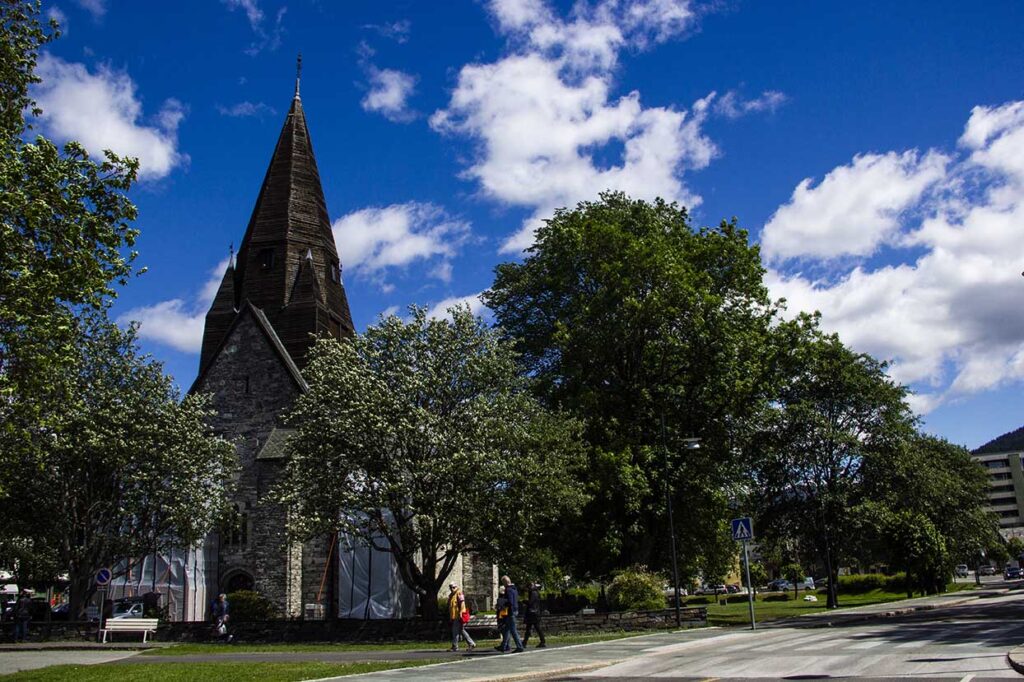
As we sailed on, the rocky mountain at Britelen marked where Aurlandsfjord split into Nærøyfjord. The walls of Nærøyfjord grew closer as we passed Styvi, narrowing to just 250 meters at Bakka, where the fjord was only 12 meters deep. The steep sides towered above, making it hard to believe that large cruise ships could navigate this stretch.
Bakka, one of the oldest fjord settlements, boasts a quaint white stave church built in 1859. Despite seating 200, it is rarely full, with only 100 parish residents.
The cruise reached Gudvangen, meaning ‘God’s field by the water,’ a significant Viking trading post. Although the Viking centre was closed for the midsummer holiday, the town’s historical significance was evident, with its few hotels and shops adding to its charm. (Norway)

From Gudvangen to Voss: A Scenic Bus Journey
After a half-hour wait, the NIN Bus arrived. Following a friend’s advice, I took a seat on the left side. The bus journey through Stalheimskleiv Road, with its 13 hairpin bends, offered breathtaking views of Nærøy Valley, green with cascading white waterfalls.
Two stunning waterfalls, Stalheimsfossen (126 meters drop) and Sivlefossen (140 meters drop), were visible along the route, making the journey even more picturesque. After an hour, we reached Voss. (Norway)
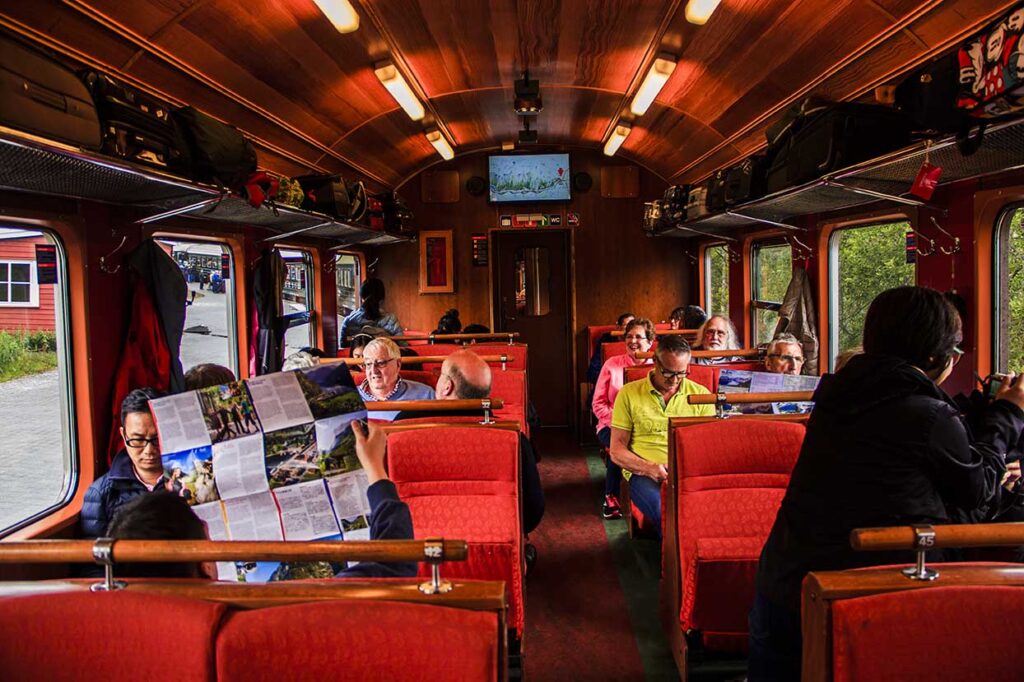
Voss to Bergen via Bergen Railway
Initially, I planned to travel from Voss to Bergen by bus, but a Swedish colleague suggested the train. Trusting her, I opted for the Bergen Railway, a decision I didn’t regret.
The bus dropped me at Voss Central Bus Terminus, adjacent to the rail station. With an hour to spare, I visited Voss Church, a serene detour. Back at the station, I had lunch with falafel and coffee.
When the train arrived, I took a right-side seat for the best views. As we left the station, the Norwegian countryside unfolded, its beauty captivating.
The train passed through tunnels, each exit revealing stunning vistas. Finally, we reached Bergen Station, the end of a journey filled with unforgettable sights and experiences. The story of exploring Bergen will be told in the next part.
Norway’s fjords, with their breathtaking landscapes and rich history, offer a travel experience like no other. Whether cruising through the fjords, exploring remote villages, or taking scenic train rides, every moment in this fairytale country is a treasure.
Image Courtesy: Author
By day, Amlan Chakraborty a technical architect in IT; by passion, he's an explorer, travel writer and photographer. During his travels, he savors the journey on foot or via public transport, immersing himself in the local culture at street food joints and book corners. Through his lens, he captures and shares the essence of nature, humanity, and cultural and socio-political moments.


